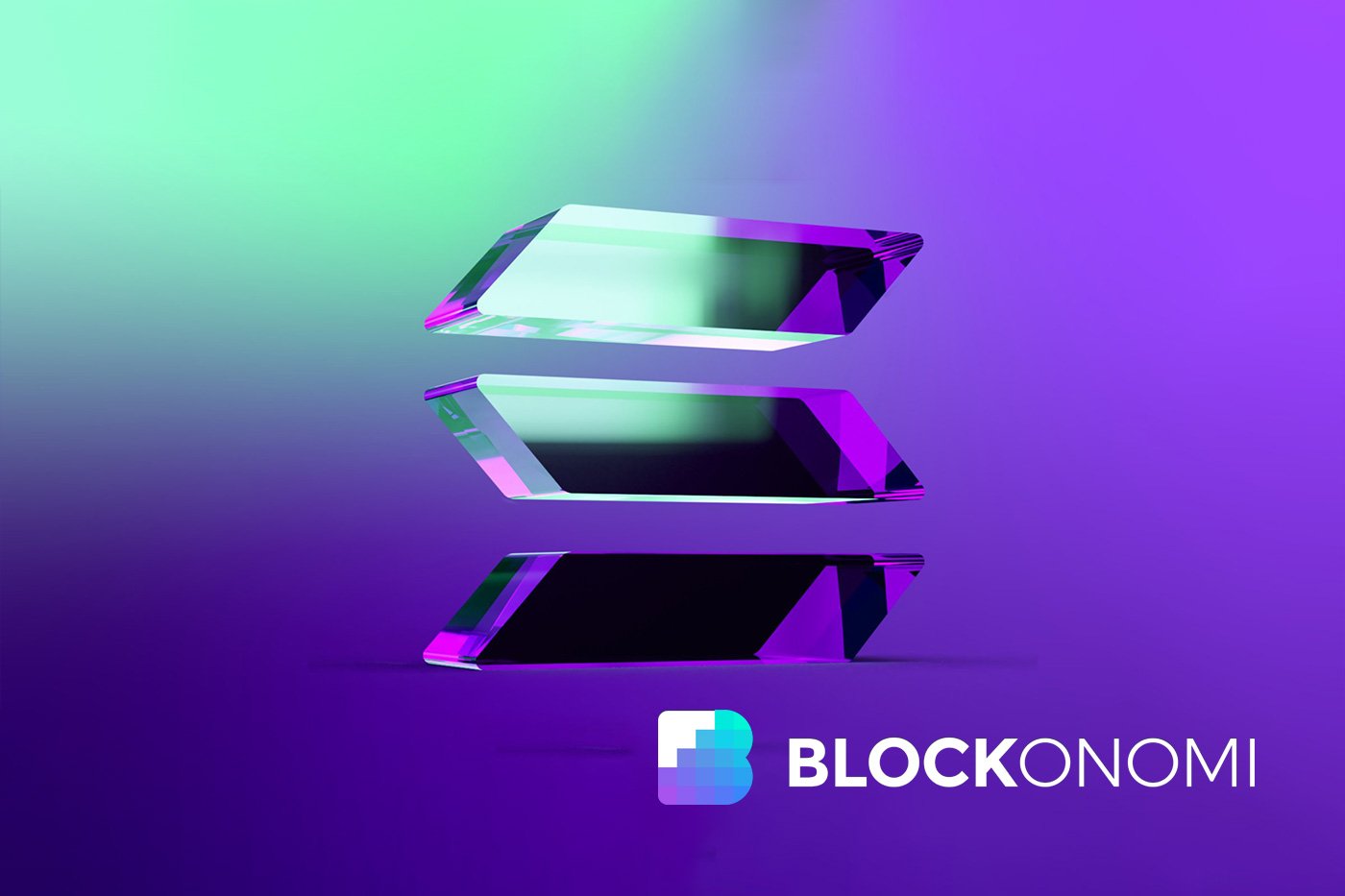TLDR
- Financial institutions are actively building on Solana despite its memecoin reputation
- Solana offers advantages over Ethereum in transaction costs and throughput
- Major firms like Franklin Templeton, Citibank, and Société Générale announced Solana projects
- Ethereum has more regulatory clarity in the US market
- Solana’s technical innovations and developer mindset focus on user experience and scalability
Solana, often associated with memecoins and retail trading, is gaining traction among financial institutions looking to build blockchain-based products and services.
While Ethereum continues to dominate institutional interest, particularly with BlackRock’s recent tokenized fund launch, Solana is emerging as a compelling alternative for traditional finance players.
According to Hadley Stern, chief commercial officer at Marinade Finance and former executive at Fidelity Digital Assets and BNY Mellon, the institutional adoption of both networks remains in early stages.
“We could probably count on one hand the amount of TradFi products that are being built or have been built on Ethereum and Solana,” Stern noted in a recent interview.
The blockchain platform, launched in March 2020, has experienced a remarkable recovery in 2023. After initially suffering from its association with the collapsed FTX exchange, Solana’s native token SOL has rebounded to become the fifth largest cryptocurrency by market capitalization, valued at $79 billion.
September 2023 marked a turning point for institutional interest in Solana, with major financial institutions including Franklin Templeton, Citibank, and Société Générale announcing new projects during the network’s annual Breakpoint conference.
Tristan Frizza, founder of Solana-based decentralized derivatives exchange Zeta Markets, observed the expanding institutional presence.
“At Breakpoint, it was eye-opening to see how many people are now building on Solana. Institutions are doing pretty crazy stuff,” he stated.
While Ethereum maintains advantages in terms of its established presence and developer base, some industry experts point to potential drawbacks. Leah Wald, CEO of Sol Strategies, highlighted concerns about Ethereum’s transaction fees and future scalability.
“If you’re an institution thinking 10 years out, you can’t be building on a blockchain that you’re concerned about,” Wald explained.
The distinction between the two networks becomes clearer when considering specific use cases. While Ethereum works well for certain applications, like BlackRock’s BUIDL fund, Solana’s architecture may better serve high-volume transactions, real-time payments, and trading platforms.
Ethereum’s scalability solution relies on layer 2 blockchains, introducing complexity and uncertainty. In contrast, Solana’s low transaction costs and high throughput are built into its base layer, providing more predictability for institutional users.
However, regulatory considerations play a role in institutional adoption. Ethereum benefits from greater regulatory clarity in the United States, including SEC approval for spot ether ETFs. Solana lacks similar regulatory recognition, which may impact institutional comfort levels.
The technical innovation happening on Solana often goes unnoticed, according to industry participants. Frizza emphasized the platform’s focus on user experience and practical applications.
“People underrate what Solana enables from a structural perspective — and also the mindset that Solana builders have,” he noted.
The emergence of memecoin creation platforms like pump.fun demonstrates Solana’s technical capabilities rather than detracting from them. Stern suggested that such developments showcase the network’s ability to support innovative applications efficiently.
Solana’s development approach differs from Ethereum’s. The Solana Foundation takes a more active role in business development while maintaining open-source principles. This balanced approach helps guide the ecosystem’s growth while encouraging innovation.
The network’s focus on user experience extends to institutional applications. Zeta Markets, for example, aims to make decentralized trading as straightforward as using traditional platforms like Robinhood, potentially expanding institutional adoption.
Traditional financial institutions continue to announce new Solana-based initiatives. These projects range from payment systems to trading platforms, indicating growing confidence in the network’s capabilities.
Recent partnerships demonstrate Solana’s expanding institutional presence. Financial firms are particularly interested in the network’s ability to handle complex transactions at scale while maintaining low costs.
The blockchain’s technical architecture supports institutional requirements for speed and reliability. Its proof-of-history consensus mechanism enables faster transaction processing compared to traditional blockchain networks.
Development teams working on Solana focus on creating tools and infrastructure that meet institutional standards. This includes robust security measures and compliance features necessary for regulated entities.
Financial institutions are exploring various use cases on Solana, from asset tokenization to payment systems. The network’s ability to handle these applications efficiently continues to attract institutional attention.















